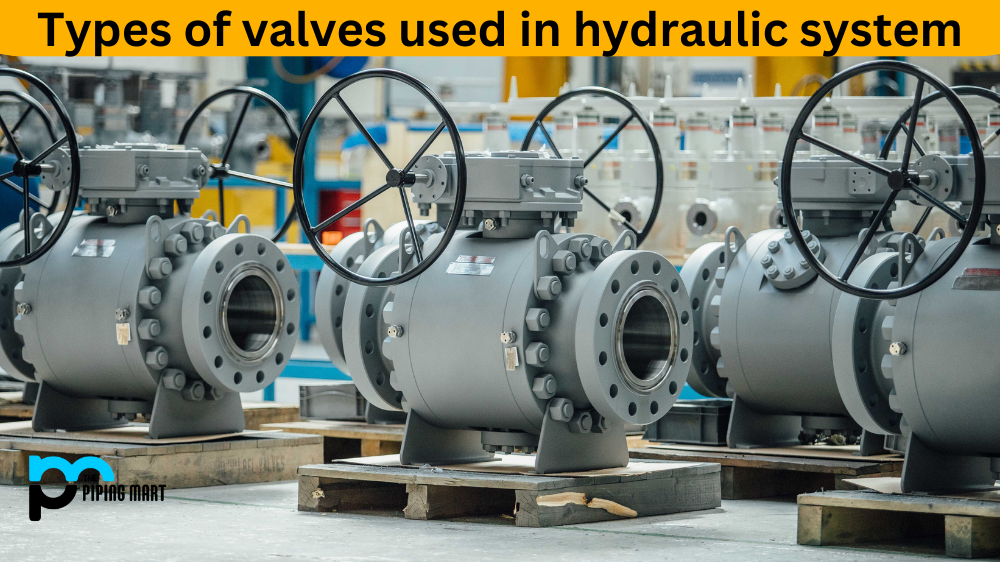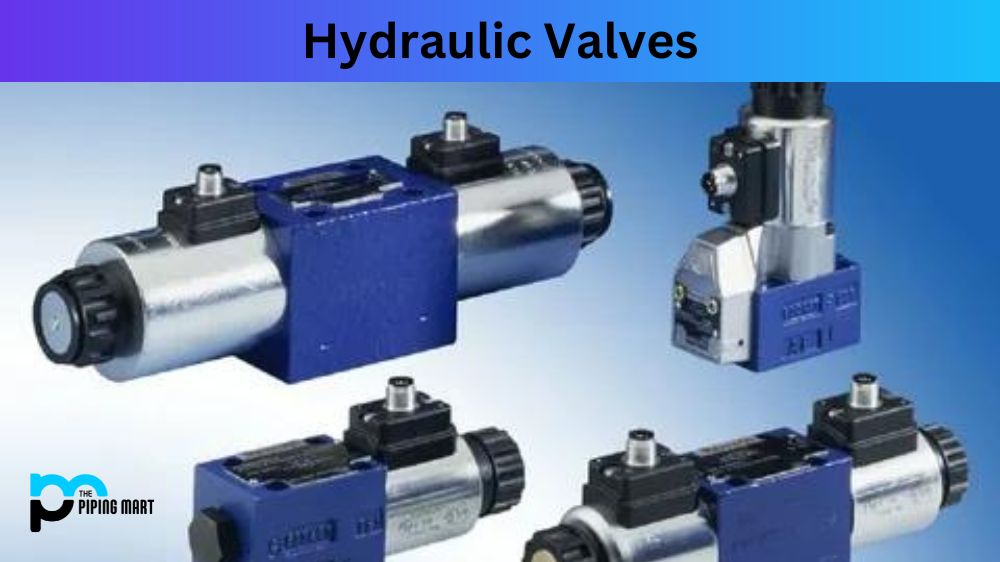Hydraulic systems use different types of valves to control and regulate fluid flow. These valves are critical for ensuring efficient operation, safety, and reliability in hydraulic systems. This blog will discuss the various types of valves used in hydraulic systems, their functions, and their applications.
Relief Valve
One of the most common valves used in hydraulic systems is the relief valve. Its primary function is to limit and control the pressure in the hydraulic lines. It does this by opening up when the pressure exceeds a set limit, releasing excess pressure. Relief valves are essential in preventing damage to the system and components in the event of overpressure situations.
Flow Control Valve
Flow control valves regulate and control the fluid flow rate in the hydraulic system. They can be either fixed or adjustable and are often used with directional control valves to adjust the speed of actuators. Flow control valves are essential in achieving precise and consistent motion control in hydraulic systems.
Directional Control Valve
Directional control valves are used to control the direction of fluid flow in the hydraulic system. They are responsible for routing the fluid to the desired location and actuating the different components. Directional control valves can be manual or automatic, allowing for precise control of hydraulic actuator movements.
Check Valve
Check valves are essential in hydraulic systems, allowing fluid to flow in one direction while preventing backflow. These valves are critical in avoiding pump damage and catastrophic system failures and are commonly used in pumps, accumulators, and actuators.
Pressure Reducing Valve
Pressure-reducing valves regulate and maintain constant pressure in the hydraulic system. They work by limiting the maximum pressure and allowing flow to pass below the required force. These valves help protect the system’s components from damage by controlling the pressure levels.
Directional Control Valve
Directional control valves are used to control the direction of flow of fluid in a system.
Flow Control Valve
Flow control valves are used to regulate the flow rate of fluid in a system.
Shut-Off Valve
Shut-off valves are used to stop the flow of fluid in a system.
Pressure Relief Valve
Pressure relief valves relieve pressure in a system by diverting fluid to a tank or other outlet.
Pressure-Reducing Check Valve
Pressure-reducing check valves maintain constant downstream pressure in a system by reducing fluid pressure as it enters the valve and preventing backflow.
Conclusion
In conclusion, valves are an essential component in hydraulic systems, and each valve type has a specific function that helps to regulate and control fluid flow. Understanding the different types of valves and their applications is essential in ensuring efficient system operation, safety, and reliability. The valves discussed here are just a few of the many types of valves used in hydraulic systems, and it is crucial to choose the correct valve for the specific system requirements. Hydraulic systems can achieve the desired performance using suitable valves while minimizing downtime and repair costs.

Hey, I’m Krutik, a casual blogger expert in the metal industry. I am passionate about providing valuable information to my readers. With a background in engineering and construction, I like playing Cricket & watching Netflix shows in my free time. Thank you for visiting my blog, and I hope you find my information helpful!




